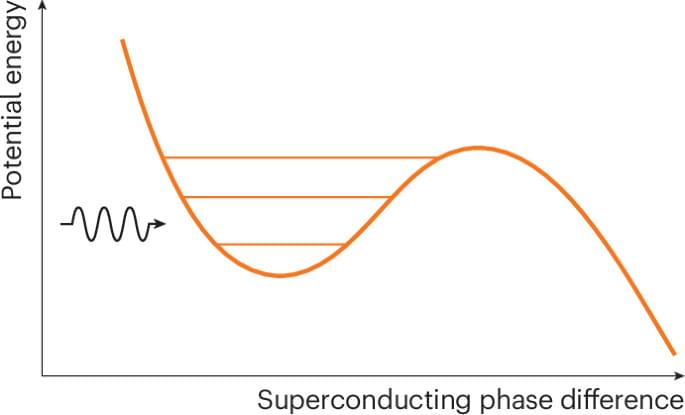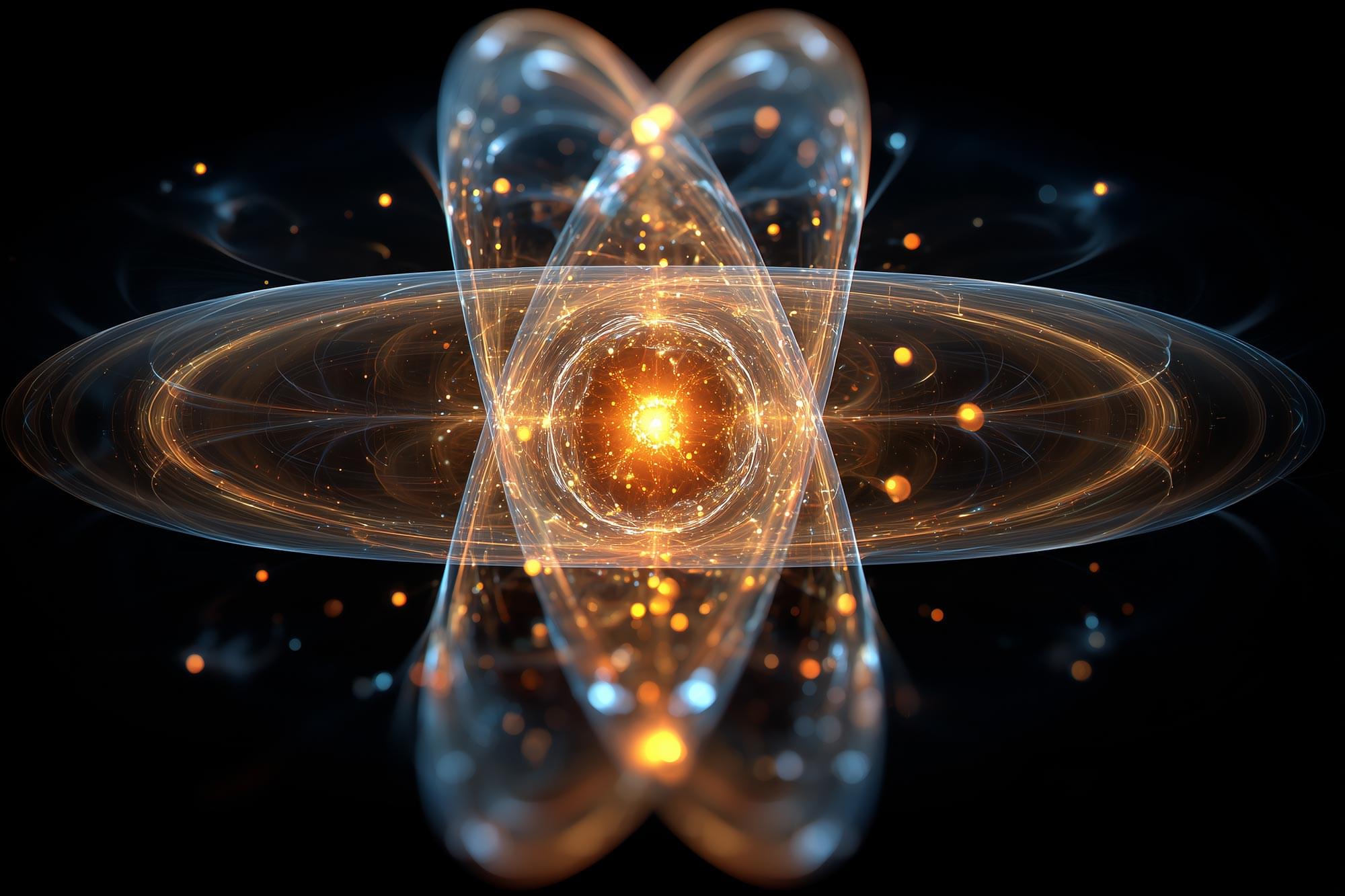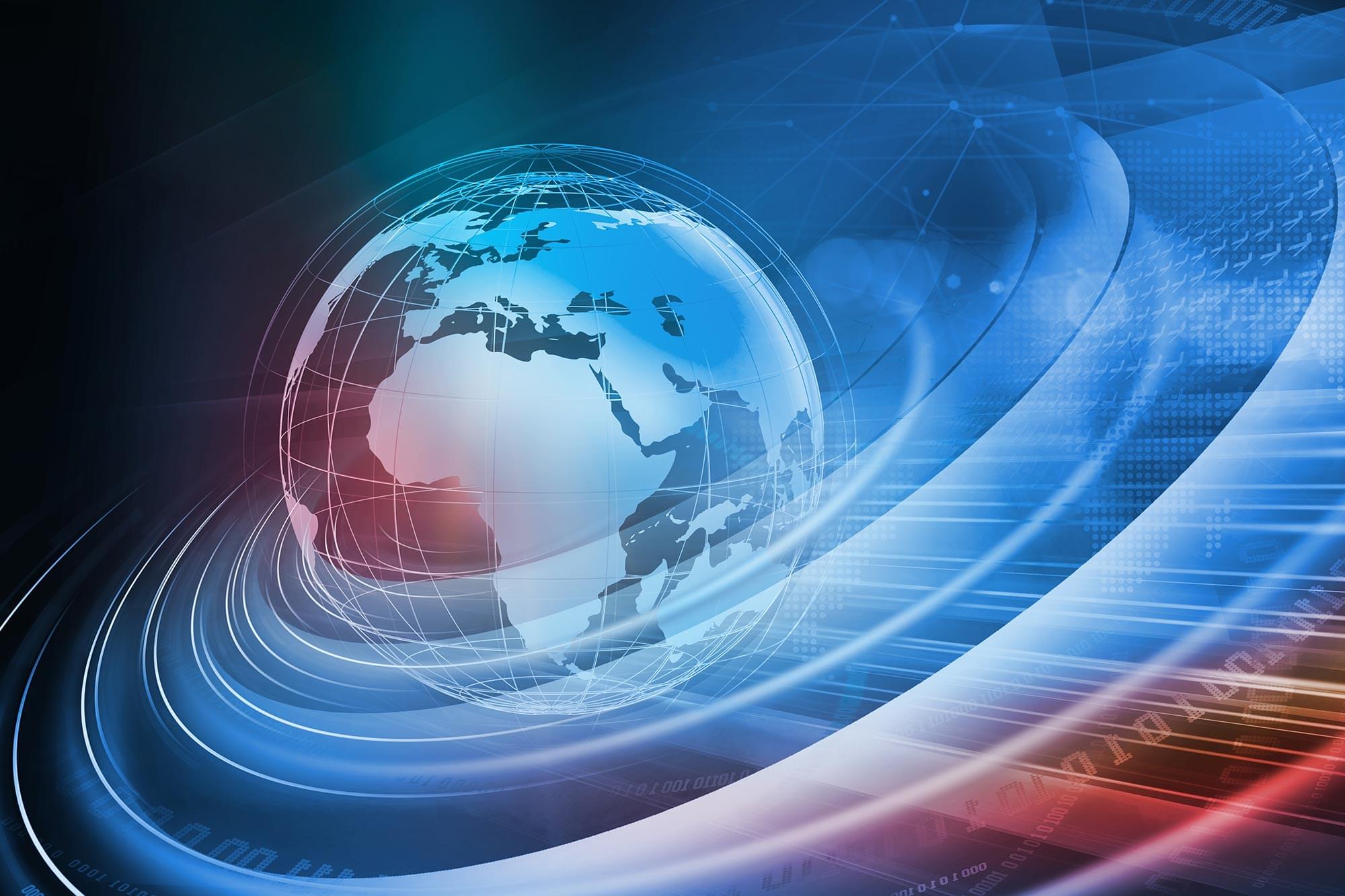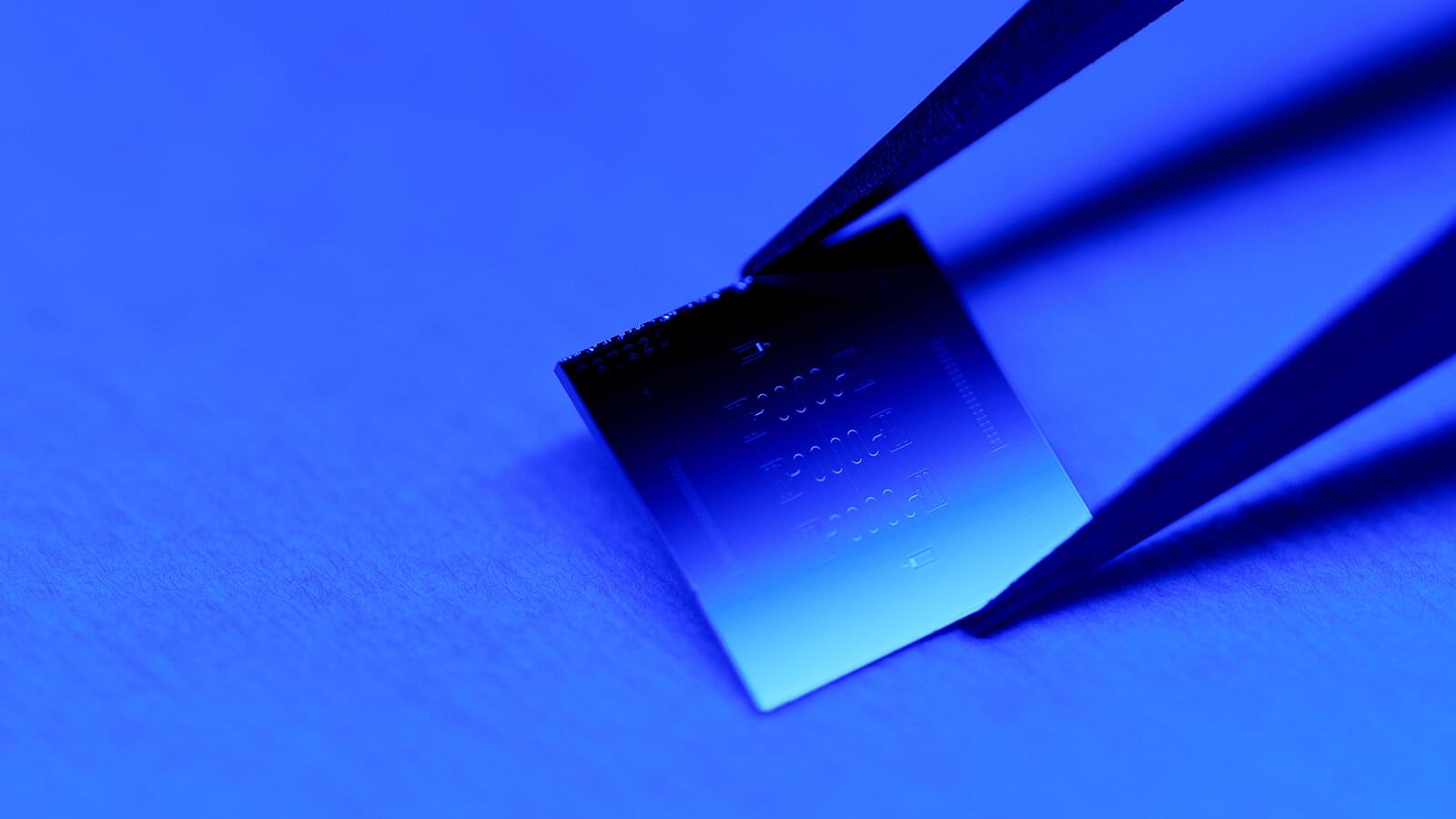The 2025 Nobel Prize in Physics has been awarded to John Clarke, Michel Devoret and John Martinis “for the discovery of macroscopic quantum mechanical tunnelling and energy quantisation in an electric circuit”



A research team from the Innovation Academy for Precision Measurement Science and Technology (APM) of the Chinese Academy of Sciences has made significant progress in precisely measuring the vibrational-rotational spectra of hydrogen molecular ions (HD⁺).
The researchers prepared a Be⁺-HD⁺ two-component ion Coulomb crystal at millikelvin temperatures in a linear ion trap. They developed an innovative quantum state preparation and spatially resolved fluorescence detection techniques and used these to measure the high-resolution vibrational-rotational transition spectra of HD⁺ molecular ions. Their findings were published in Physical Review A.
HD⁺ is the simplest heteronuclear molecular ion, composed of one proton, one deuteron, and one electron. Its vibrational-rotational transition energies can be precisely calculated, making it an ideal system for testing quantum electrodynamics (QED) theory and determining fundamental physical constants, such as the proton-electron mass ratio.




In a major step toward practical quantum computers, Princeton engineers have built a superconducting qubit that lasts three times longer than today’s best versions.
“The real challenge, the thing that stops us from having useful quantum computers today, is that you build a qubit and the information just doesn’t last very long,” said Andrew Houck, Princeton’s dean of engineering and co-principal investigator. “This is the next big jump forward.”
In an article in the journal Nature, the Princeton team report that their new qubit lasts for over 1 millisecond. This is three times longer than the best ever reported in a lab setting, and nearly 15 times longer than the industry standard for large-scale processors.
#EverythingSpace #Universe.
Nobel Winners Just Proved the Universe Is Quantum — 2025 Physics Prize Explained.
In this episode of Everything Space, we break down the groundbreaking discoveries that earned this year’s Nobel Prize, and what they mean for the way we understand reality itself. From experiments that challenge Einstein’s idea of locality, to the mysterious phenomenon of quantum entanglement, these results show that the universe behaves in ways once thought impossible.
We’ll explore how scientists finally confirmed that particles can influence each other across vast distances — instantaneously — and why this discovery reshapes our understanding of space, time, and the very nature of existence.
Join us as we unravel the science behind the Nobel-winning breakthrough that proves the universe isn’t just strange — it’s quantum.
#QuantumUniverse #Physics2025 #NobelPrize #EverythingSpace #SpaceMysteries.
Get a Wonderful Person Tee: https://teespring.com/stores/whatdamath.
More cool designs are on Amazon: https://amzn.to/3wDGy2i.
Alternatively, PayPal donations can be sent here: http://paypal.me/whatdamath.
Hello and welcome! My name is Anton and in this video, we will talk about an invention of a DNA bio computer.
Links:
https://www.nature.com/articles/s41586-023-06484-9
https://www.washington.edu/news/2016/04/07/uw-team-stores-di…perfectly/
Other videos:
https://youtu.be/x3jiY8rZAZs.
https://youtu.be/JGWbVENukKc.
#dna #biocomputer #genetics.
0:00 Quantum computer hype.
0:50 Biocomputers?
1:55 Original DNA computers from decades ago.
3:10 Problems with this idea.
3:50 New advances.
5:35 First breakthrough — DNA circuit.
7:30 Huge potential…maybe.
Support this channel on Patreon to help me make this a full time job:
https://www.patreon.com/whatdamath.
Bitcoin/Ethereum to spare? Donate them here to help this channel grow!
bc1qnkl3nk0zt7w0xzrgur9pnkcduj7a3xxllcn7d4
or ETH: 0x60f088B10b03115405d313f964BeA93eF0Bd3DbF
Space Engine is available for free here: http://spaceengine.org.

The dream of creating game-changing quantum computers—supermachines that encode information in single atoms rather than conventional bits—has been hampered by the formidable challenge known as quantum error correction.
In a paper published Monday in Nature, Harvard researchers demonstrated a new system capable of detecting and removing errors below a key performance threshold, potentially providing a workable solution to the problem.
“For the first time, we combined all essential elements for a scalable, error-corrected quantum computation in an integrated architecture,” said Mikhail Lukin, co-director of the Quantum Science and Engineering Initiative, Joshua and Beth Friedman University Professor, and senior author of the new paper. “These experiments—by several measures the most advanced that have been done on any quantum platform to date—create the scientific foundation for practical large-scale quantum computation.”

A world-famous light experiment from 1801 has now been carried out with sound for the first time. Research by physicists in Leiden has produced new insights that could be applied in 5G devices and the emerging field of quantum acoustics. The study is published in the journal Optics Letters.
Ph.D. student Thomas Steenbergen says, “We saw that sound waves in materials behave in the same way as light, but also slightly differently. With a mathematical model, we can now explain and predict this behavior.”